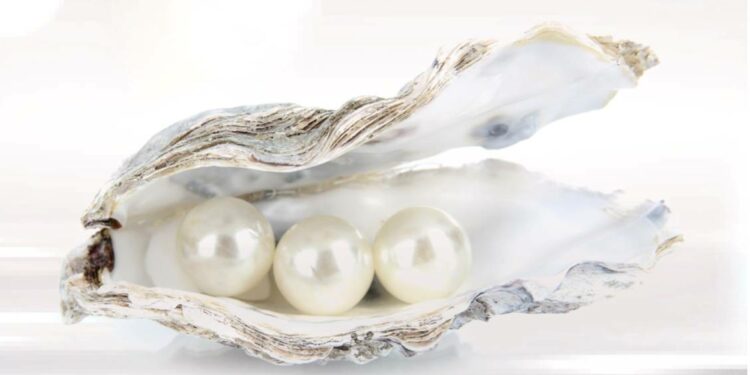The pearl stone is an ancient symbol of beauty and elegance. Pearls or original Moti stone has been used as jewellery since prehistoric times. They’ve been found in ancient Egyptian tombs, and were also used in ancient China, India and Japan. They’re still popular today, and are often used in jewellery.
The pearl is a beautiful gemstone that can be found in many different colours, including white, black and pink. You can buy natural pearl online from GemPundit to enjoy its beauty and perennial charm. And here’s everything you need to know about the history of this organic gemstone:
Vedic History of Pearls
The Vedic culture has a long history of using pearls. The ancient Sanskrit texts mention that pearls were worn for protection against evil, sickness and disease. These were worn to bring good fortune for wearers.
The tradition of pearl hunting stretches back to ancient times. It is believed that the process began about 2000 years ago by South Indian Pandays. Diving in the deep seas, people harvested pearls from the oyster beds. These stones were traded into foreign markets and were a source of income for the traders. Moti stone price used to be very high and the traders used to make a lot of money.
Pearls in Chinese Culture
Pearls have been a part of Chinese culture for thousands of years. The ancient Chinese believed that Moti stone benefits the wearer’s luck and could bring good fortune to them. They also believed that pearls protected people from evil spirits and demons.
The Nanyue King of the Western Han dynasty (206 B.C.–9 A.D.) slept with pearls, wrapped in a bed linen covered with the lustrous gems and using a pearl-stuffed pillow beneath his head. There are examples of both on display at the Museum of Western Han Dynasty.
Natural pearls are mentioned in ancient Chinese writings from the 2nd century BC. Natural pearls were highly valued for centuries, and their popularity has never waned.

Akoya Pearls in Japanese History
Akoya pearls are known for their smooth surface, perfect roundness and high lustre. They also have a very wide range of colours including white, cream, pink and black, with many other hues available. Pearls have been a part of Japanese culture for centuries, but the Akoya pearl was not discovered until the early 20th century. The Akoya cultured pearl was developed by Kokichi Mikimoto, who began cultivating pearls in Japan in the 1900s.
In 1907, government biologist Tokichi Nishikawa and carpenter Tatsuhei Mise independently nucleated the Akoya pearl oyster using a grafting needle invented by Mise. Mikimoto added his own method for creating perfectly round pearls, and received a patent in 1916 for the results of this modification, leading to increasing popularity of Akoya pearls in the worldwide markets.
Pearl Cultivation in Tahiti
In Tahiti, pearl hunting began after the first French settlers arrived on the Polynesian island. The first pearls were found in riverbeds, and they were initially used as money or gifts. They began harvesting all the pearl oyster shells they could find and sold them to Europeans.
By the late 1800s, there was a massive harvest of oysters from the islands. Their numbers were reduced so significantly that harvesting restrictions had to be put in place. It wasn’t until decades later in the 1960s that modern methods of pearl culturing and farming began on this island group.
Pearl Symbolism in Roman History
Pearls have been used as symbols of power and wealth throughout history. They were often used to decorate crowns, jewellery and other items of high status. In Roman culture, pearls represented the tears of gods such as Venus. They were believed to be magical and could be used for protection.
The Romans would often use pearls as offerings or gifts to honour their gods, as well as give them out during special events such as weddings. They were also seen as symbols of purity and innocence. In ancient Rome, pearls were often used to decorate the crowns of emperors and other high-ranking individuals.
Pearls were considered to be divine and had many different meanings in many cultures. In ancient India, pearls were associated with the moon and were thought to bring good fortune. As per ancient Greek and Roman texts, pearls were often used as offerings or gifts during religious ceremonies.
Even today, pearls still hold a lot of meaning, and people continue to use them as symbols of purity. Some cultures also believe that pearls can bring good luck, while others think they have protective powers.



















Discussion about this post